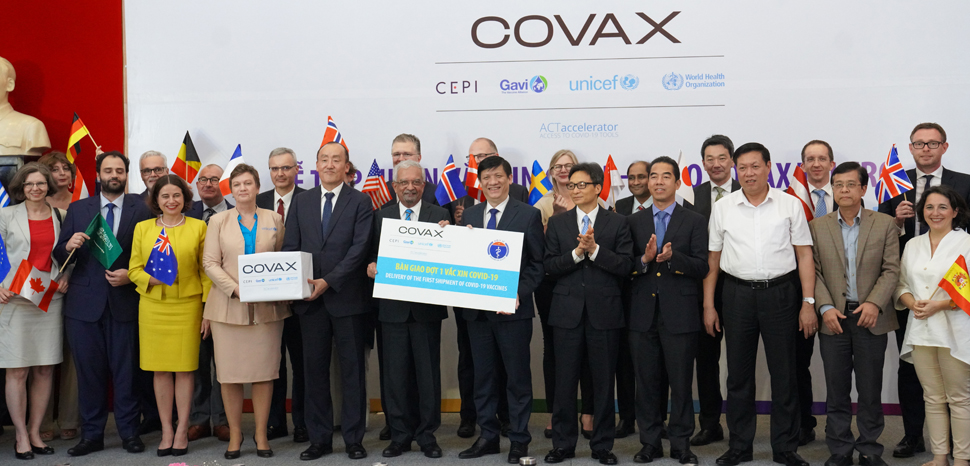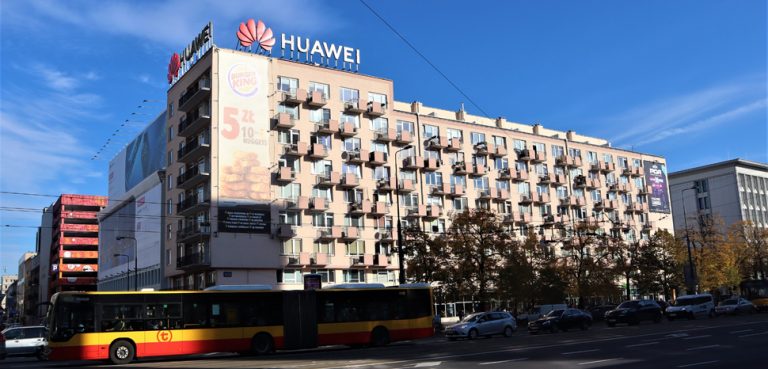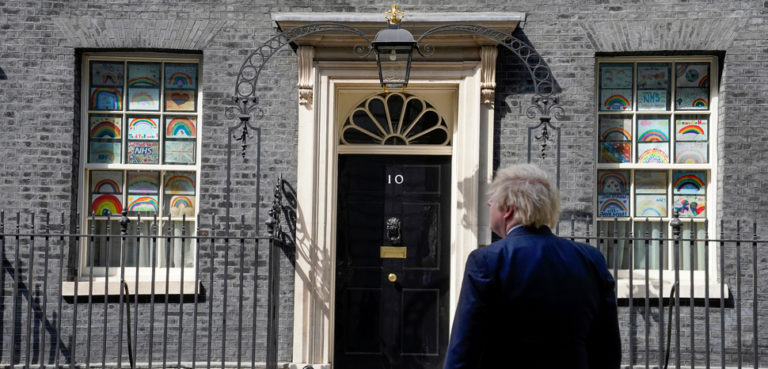After a period of relative stability, Southeast Asia has recently undergone another surge of COVID outbreaks. The severity of the current wave varies among countries. While Indonesia and the Philippines have seen new cases and death decreasing relatively, other states, particularly in mainland Southeast Asia, are struggling with a significant spike in cases since April.
For example, Thailand has extended the state of emergency until July this year as it battles with more than 1,000 cases per day since April. After reporting only around 400 cases in 2020, Cambodia’s total number of cases rose exponentially to 23,282 as of May 2021, prompting the government to enforce stricter social distancing rules. Vietnam, widely praised for its effective and low-cost pandemic response, is also struggling with new outbreak clusters in several provinces since the beginning of 2021.
The appearance of new variants, such as the B.1.1.7. and the B.1.617, is thought to be fueling this surge. First identified in Britain and India, respectively, both variants are more contagious. Furthermore, the flow of migrant labor in mainland Southeast Asia and porous borders can increase cross-border transmission. Thailand and Vietnam responded to risks posed by new virus variants by significantly tightening border security to prevent illegal entries.
This new surge emphasized the importance of securing vaccines. A year ago, the U.S. and Europe were struggling to contain the pandemic, while many Asia-Pacific nations were praised for their effective pandemic response, including closed borders, strict quarantine policy, contact tracing, and extensive public messaging. However, the situation has now reversed. Vaccine rollout is stalled in many Asia-Pacific nations, preventing them from loosening travel restrictions and opening their economies like the U.S. and Europe, which have already inoculated around 30% to 40% of their population with at least one dose.
While all Southeast Asian states have started their vaccine rollout, the rate varies by state. According to University of Oxford data, Singapore is leading the region in terms of vaccination rate, with over 30% of the population receiving at least one dose and near 25% being fully vaccinated as of May 22. However, other Southeast Asia nations which are poorer and have a much larger population lag further behind. For example, Vietnam has just vaccinated 1% of its population while the rate for the Philippines and Thailand barely reaches 2%.
Slow vaccine rollout will have critical consequences for Southeast Asia. For a region that relies heavily on export and tourism, the low vaccine coverage plus closed border policy mean countries will not open their economies soon, thus missing out on economic opportunities as the West gradually reopens. Furthermore, Southeast Asia also faces the ever-present threat of sporadic outbreaks, which can quickly exhaust resources for pandemic response and lead to public fatigue with intermittent lockdown. In several countries, the public’s lack of enthusiasm for vaccination, coupled with zero-COVID policy, will lead to an indefinite stalemate, in which leaders are unsure of how to reopen their countries while maintaining an acceptable level of transmission.
To fully vaccinate the region’s total population of over 700 million people, Southeast Asia would need more vaccines and affordable prices since many countries in the region are developing nations with limited financial capacity. Southeast Asian nations have been actively looking for vaccine supplies to accommodate their great demands, such as seeking assistance for COVAX and Gavi, acquiring from a diversified pool of manufacturers, and developing local variants.
However, the region still faces significant challenges to fully inoculate its population. The first is how to source enough vaccines. Southeast Asia needs at least 1.4 billion doses to fully vaccinate its people, not to mention booster shots to enhance the efficacy of vaccines in the long term. This number presents a daunting challenge for regional leaders, given the acute vaccine shortage globally. The fact that India, a global manufacturer and leading supplier of vaccines for developing nations, is currently battling a deadly COVID wave further exacerbates the current scarcity and underscores the increasing inequity between the rich and poor nations.
Second, the pandemic-induced economic recession left many regional economies in a dire state, hampering governments’ ability to fund vaccine procurement. Global overdemand means countries have little negotiating power over pharmaceutical companies and will have to accept unfavorable terms in vaccine contracts like patent protection, flexible delivery schedules, and immunity from liability if anything goes wrong. Among them, delayed shipments should be expected if there is a breakdown in supply chains for vaccine production. To mitigate the risk of delay, some countries are seeking technology transfer and supporting vaccine patent waivers. However, challenges to scaling up production, such as the lack of adequate facilities, human capital, and raw materials, will impede efforts to produce vaccines locally.
Finally, logistics represents another challenge for Southeast Asia. Geographical diversity, from rural mountainous areas to far-off islands, and inadequate infrastructure make vaccine distribution more challenging. Political instability such as civil unrest in Myanmar further compound the problem. The lack of sufficient facilities, such as cold chain storage to preserve vaccines, is another sticking point. Vaccines that use modern mRNA technologies like Moderna or Pfizer/BioNTech must be stored at -20 and -70 degrees Celsius, respectively, fueling the need for ultracold storage boxes.
No country can deal with these challenges alone. So far, other than the allocation of US$10.5 million from ASEAN COVID-19 Response Fund for vaccine procurement, ASEAN has taken a rather obscure role in dealing with the vaccine shortage. Amid criticism for its fruitless attempt to defuse the Myanmar crisis, ASEAN has an opportunity to demonstrate its capability by taking the lead in securing and distributing vaccines and facilitating collaboration for regional vaccine production.
Based on ASEAN Leaders’ Declaration on ASEAN Vaccine Security and Self-Reliance (AVSSR) in 2019, ASEAN can actively participate in negotiations with pharmaceutical companies on behalf of member states, work with COVAX and other global initiatives to ensure stable supplies, and set up task groups to deal with distribution issues. Together with other regional organizations, ASEAN should voice its demand for equitable vaccine access and technological know-how. Furthermore, ASEAN can assist member states in developing a roadmap for safe border reopening, ensuring that Southeast Asia can benefit from the economic recovery post-pandemic.
The views expressed in this article are those of the authors alone and do not necessarily reflect those of Geopoliticalmonitor.com



![U.S. Secretary of State Michael R. Pompeo participates in the ASEAN Regional Forum Ministerial in Bangkok, Thailand, on August 2, 2019. [State Department Photo by Ron Przysucha/ Public Domain], cc Flickr U.S. Department of State, modified, http://www.usa.gov/copyright.shtml U.S. Secretary of State Michael R. Pompeo participates in the ASEAN Regional Forum Ministerial in Bangkok, Thailand, on August 2, 2019. [State Department Photo by Ron Przysucha/ Public Domain], cc Flickr U.S. Department of State, modified, http://www.usa.gov/copyright.shtml](https://www.geopoliticalmonitor.com/wp-content/uploads/2020/07/ASEAN2019-768x369.jpg)
